CONTENTS
What Documents Do My Children Need To Flight! The Ultimate Children Travel Documents Guide!
Travelling with children could be really troublesome if parents are underprepared. Read our articles to know the documents required for children to fly.
Family life is stressful. Every day is a hassle. You wake up, make breakfast for the kids, take them to schools, get to work, grind your day away, rush out of work only to get your kids home. Then you have to take care of dinner and the dishes. Next thing you know the day is over and the endless cycle of daily parenthood is poised to restart. A vacation seems like a perfect break.
Still, even though there shall never be any recess in parenthood (until the kids become adults), a vacation is the best you have, yet even that comes with its litany of hassles.
Travel documents, for instance, are quite a lot of work. If you remember all of the lengthy and convoluted process you had to go through to get your IDs, be ready as you may have to deal with them all again for your children. And then you scratch your head wondering what other kinds of documents you need to pack in the suitcase.
Well, that’s exactly why we’re here. You can count on us to show you everything you need to fly with your children.

Photo by LIGHTFIELD STUDIOS - stock.adobe.com
The Ultimate Guide for Children Travel Documents – Overview
Adults Have It Differently
When flying overseas, you must present your passport or passport card. If you are travelling domestically, you must present your driver's licence or similar kind of government ID with your photo.
How about Children? What Documents do Children Need to Fly?
However, it is a different scenario for children under the age of 18. Depending on where they are going and their age, they may not need an ID at all.
There are specific requirements when it comes to travelling with children. They are even more complicated depending on the age of the child that you’re travelling with. As for infants under two weeks old, while most airlines allow those infants to board, there are strict requirements to be met. The infant is deemed for boarding if the parents:
- present a passenger medical form (a medical release for travel), signed by a physician that validates that the infant is fit to fly
- present a copy of the child’s birth certificate
- are aged 16 and above and sit in the same cabin as the child.
That’s just eligibility to travel. There are many more documents which may be required for the child to board the plane.
International Flights Documents Requirements for Children
Passport and Visa
Regardless of age, all passengers boarding the plane must be carrying a passport of their country, and must present it at check-in, the TSA checkpoint, and upon arriving at the destination.
Even if the baby is an infant, a passport would still be mandatory for international travel. If your destination requires a visa to travel, best to apply for a passport and a visa as early as possible, as both of these things can take a while.
In the circumstances where the family must travel abroad instantly succeeding the birth of the child, passports and visa requirements could be expedited at a price.
Global Entry and TSA Check
Frequent travellers may have access to what’s called Global Entry. Global Entry is a program created by the US Government that pre-approves travellers to enter US territory. This program doesn’t cover your kids, so be wary.
TSA Precheck, however, does extend to your family, so if you have that it will save you from lots of hassle.
In any case, bringing along a government photo of your children is highly recommended.
International Flight with Single Parent
If any parent wishes to travel abroad with the children but without their spouse, additional permission forms must be provided.
Depending on the country you will be travelling to and from, requirements may vary.
The must-have document is a parental consent notarised by a competent notary office. The single parent must also carry a copy of their partner’s passport or valid visa.
If the child has a deceased parent, then the other parents must carry a copy of the death certificate of their late spouse.
In the event that the parent has proof of sole custody, they may be required to present a custody agreement signed by both parties.
Domestic Flights Documents Requirements for Children
The simplest way to go about this is to have a passport. However, certain situations waive parents from having to carry one for their children. Besides, if for some reasons parents haven’t been able to prepare a passport for their children, there are workarounds.
In most cases, children aged 18 and below don’t need to present a photo ID to get on an aircraft provided that they’re boarding with their parents.
There will be, however, certain cases where additional documents besides the ID would be required for children to board. We’ll be breaking down the requirements by age group so that parents can easily follow.
New-born (less than 2-week-old)
Most airlines allow new-borns of less than 2-day-old on board, although there are exceptions.
In the event where you must travel with a child less than 2-week-old, the airline may insist on a physician's note in which the child is stated to be fit for air travel.
Keep in mind that airline’s policies vary, which is why parents should always check them carefully on the airline’s official website as well as double check with the customer support.
Infants of 2-year-old or less
The reason why this time frame is crucial is the fact that infants who haven’t officially turned 2 years old yet can fly for free as a lap child provided that they are flying with an adult.
Usually, a birth certificate (or a copy of which) is required to prove that the child is under 2 years old, as for obvious reasons airlines would want to charge an extra seat if the child doesn’t meet the requirements. You wouldn’t need a birth certificate, of course, if your child has a passport. Essentially, they function similarly.
Children over 2 and under 18
As stated above, the age of 2 is an important mark, as children aged two or above will no longer qualify to travel as a lap child and must therefore travel on their own seat. What this also means, is that parents will no longer have to worry over additional documents. All they need is a boarding pass to board the plane like any other customers.
While IDs are no longer mandatory for kids to get on board, it’s never a bad idea to carry an ID with you all the time. We suggest bringing one regardless.
Juniors Travelling by Themselves
There are circumstances where children must travel alone. Different airlines have different policies regarding this event. It’s best that you consult their website as well as contact the customer service for further details.
That said, there are a few constants that you could prepare beforehand:
Child Travel Consent Form
A Child travel consent form is a document that attest the authorisation for the child to travel by themselves.
Airlines often provide this form, albeit in varying name and format. American Airlines, for instance, refers to it as an Unaccompanied Minor Service Form. In the form, the parents are asked to detail the information regarding the person taking the child to and from the airport.
In many cases, a consent letter signed by both parents may also be required for the child to travel alone.
In the event where the child has a deceased parent, a death certificate may be required in addition to the documents mentioned above.
Additional Documents
Children aged 15-17 may be required to present one or more of the following documents at security check:
- Birth certificate
- Credit card
- Driver’s licence
- Learner’s permit
- Library card
- Organisation ID
- Proof of auto insurance in the passenger’s name
- School ID
- Social Security card.
Children Travelling with Relatives or Supervisors
In many cases, children don’t travel with parents, but with relatives such as grandparents, uncles, aunties, cousins, etc. They could also be travelling with friends or as part of a field trip with their teachers. In such cases, a Child Travel Consent signed by both parents will be required.
Additionally, the family should consider the Child Medical Consent. It’s a document that grants the caretaker or the chaperon accompanying the child to make medical decisions in the event of an emergency.
Items to Bring When Travelling with Minors
In addition to document requirements, there will also be item restrictions in terms of baggage for infants. One carry-on diaper bag per infant is as much as most airlines will offer you.
Strollers
Strollers are allowed all the way up to the boarding gate as long as it is collapsible, as it is meant for not only children but also the elderly and the disabled. Once there, strollers can be checked in for free. Currently strollers are not allowed in aircraft bins.
Passengers can also choose to have their checked strollers give to them at the door by the end of the flight. Stollers on the larger side and are non-collapsible must be checked as a check-in luggage.
Bassinets
Most airlines do accommodate a bassinet, so having your baby in one is a nice idea throughout the flight duration. Do remember that for items like these, you need to contact the airline as well as the airport in advance to check if a bassinet can be provided and whether you can pick it up at the airport entrance.
Bassinets are usually designed to accommodate babies under 22 lbs (10 kg). Furthermore, they can only be used at cruising altitude when the passengers can take off the seat belt. For safety reasons, the bassinet will be stored during take off and landing. They will only be taken out for use once the aircraft reaches a steady pace.
Certain airlines permit personal bassinet on board only if it’s collapsible. However, the passenger will be required to buy an extra seat to strap the bassinet to during take-off and landing. Generally, it’s more convenient and economical to use the ones offered by the airline, or to not use one at all.
Last thoughts
A family vacation could be a dream, but it could turn into a nightmare as quickly. Stress is to be expected. No matter what kind of vacation you’re taking, big or small, taking children on board brings about tons of worry.
The best advice that we can give you is to prepare everything as carefully as you can. Ensure that you have made all of the reservations and check all your stuff. Stay attentive to your kids and don’t worry too much. Things should be fine. We wish you and your kids the most fun holiday ever.
Khoa Pham

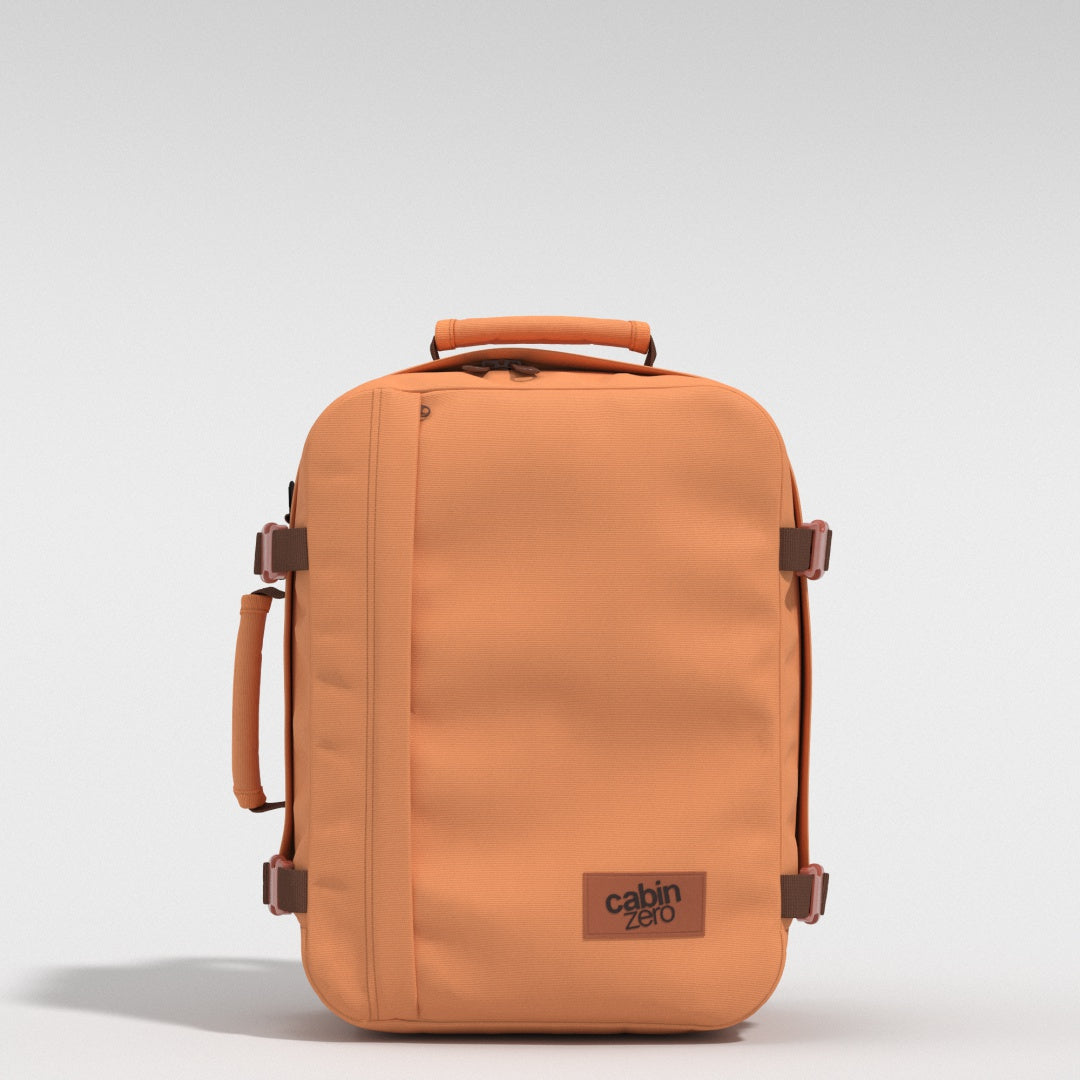
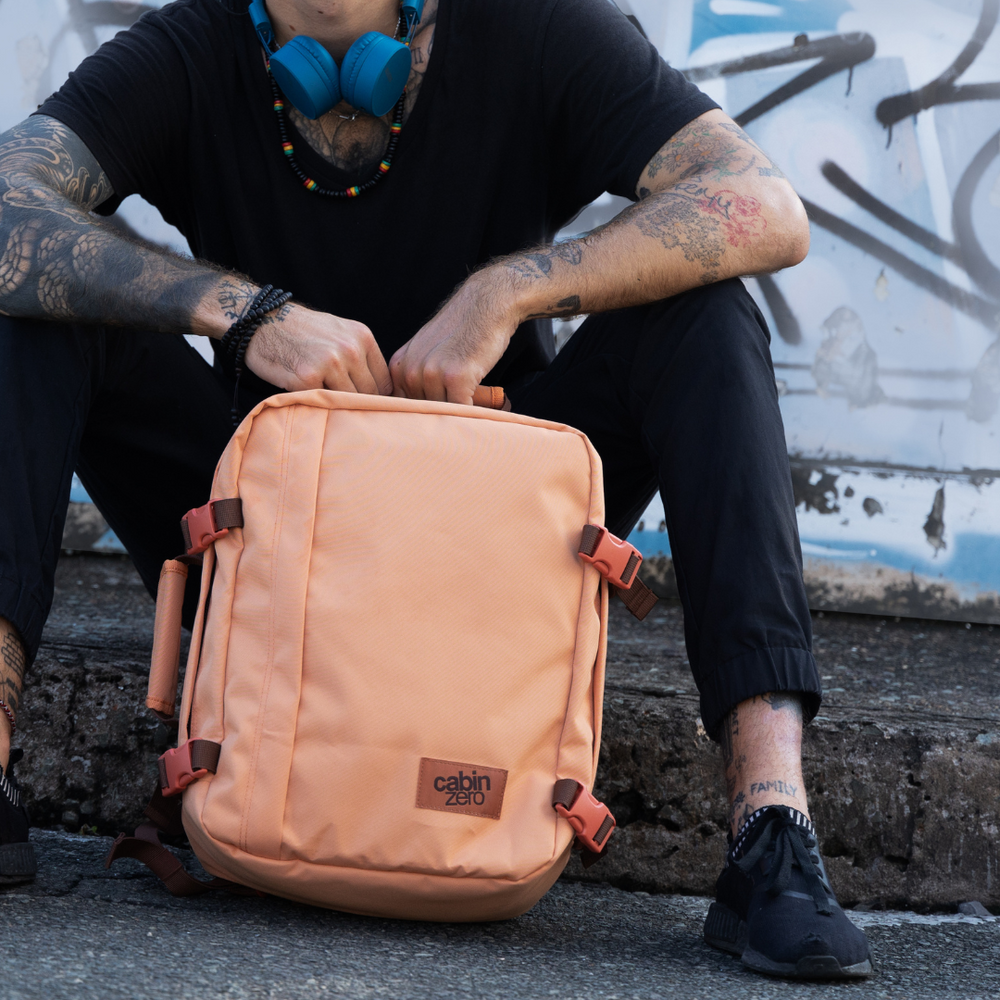
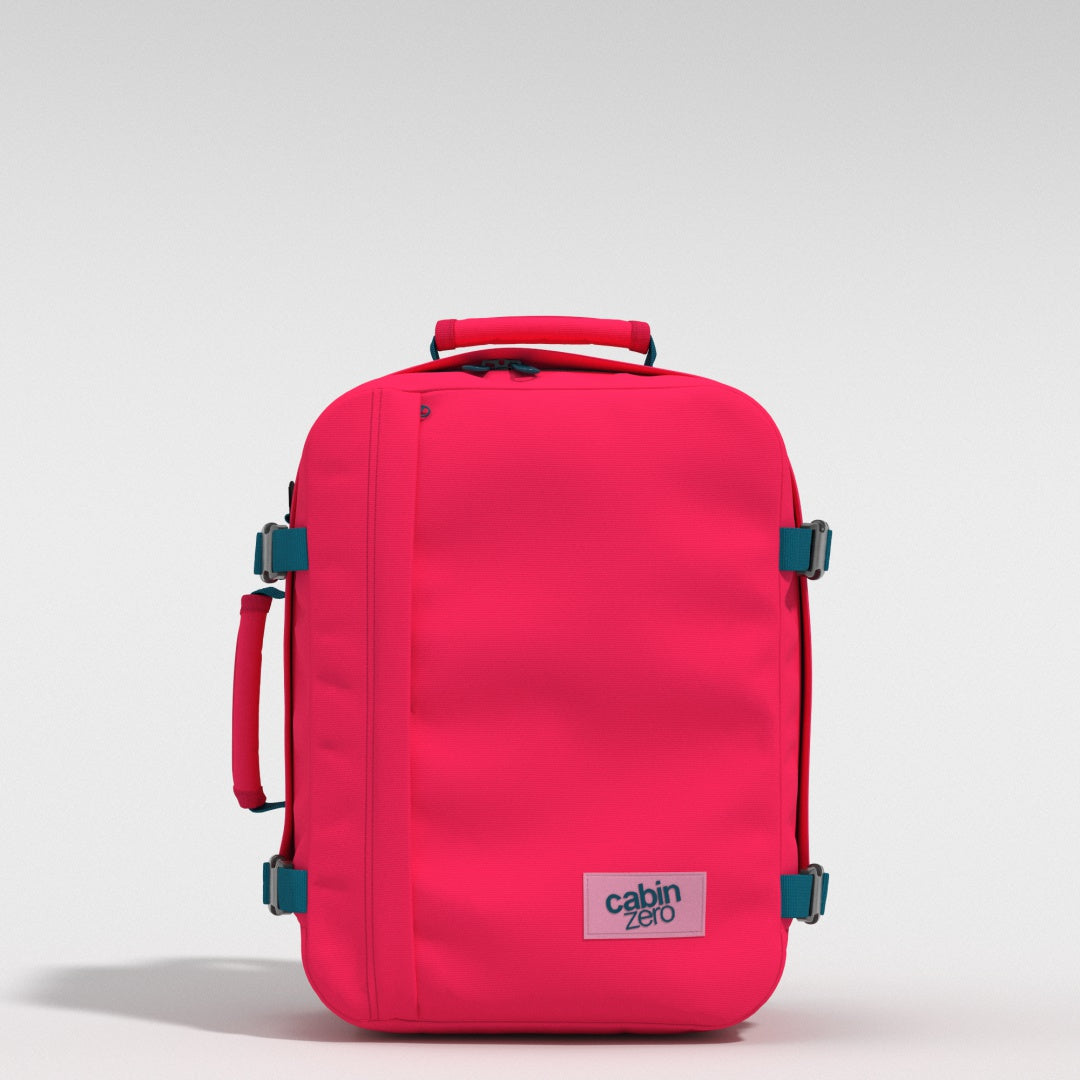
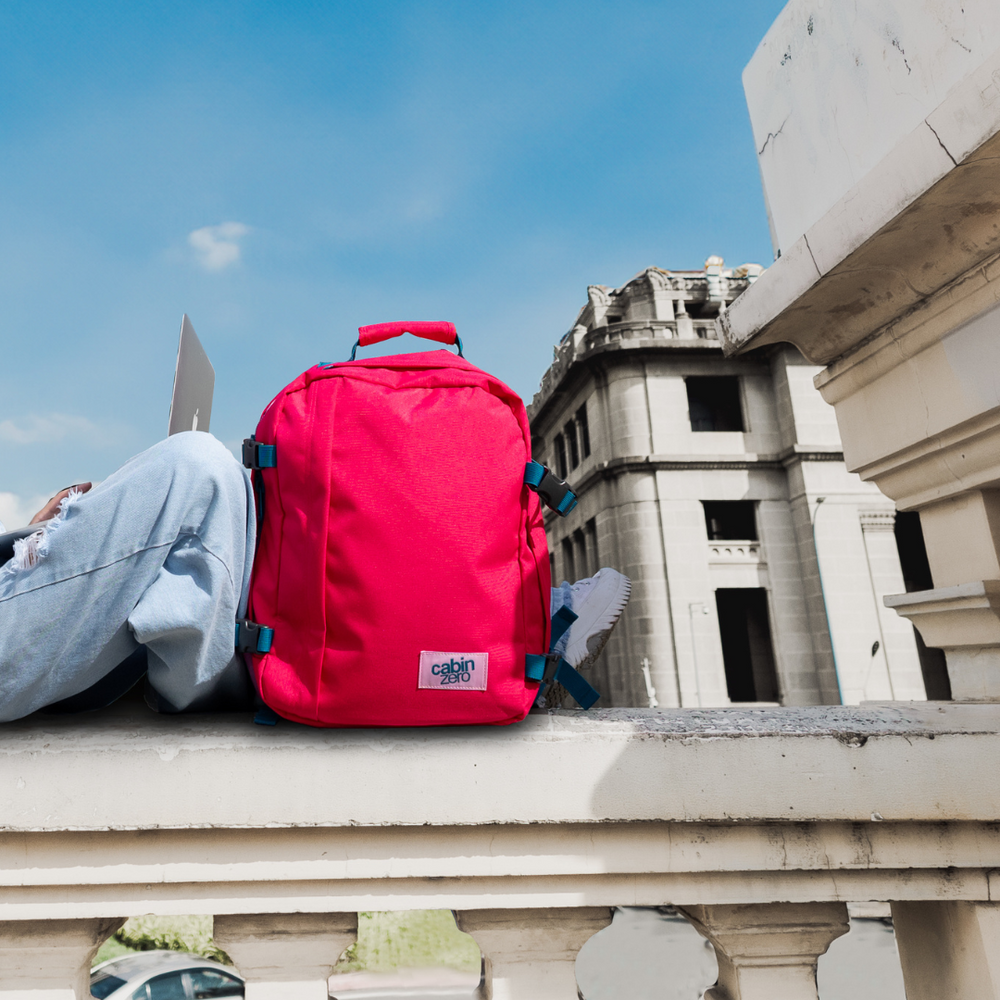





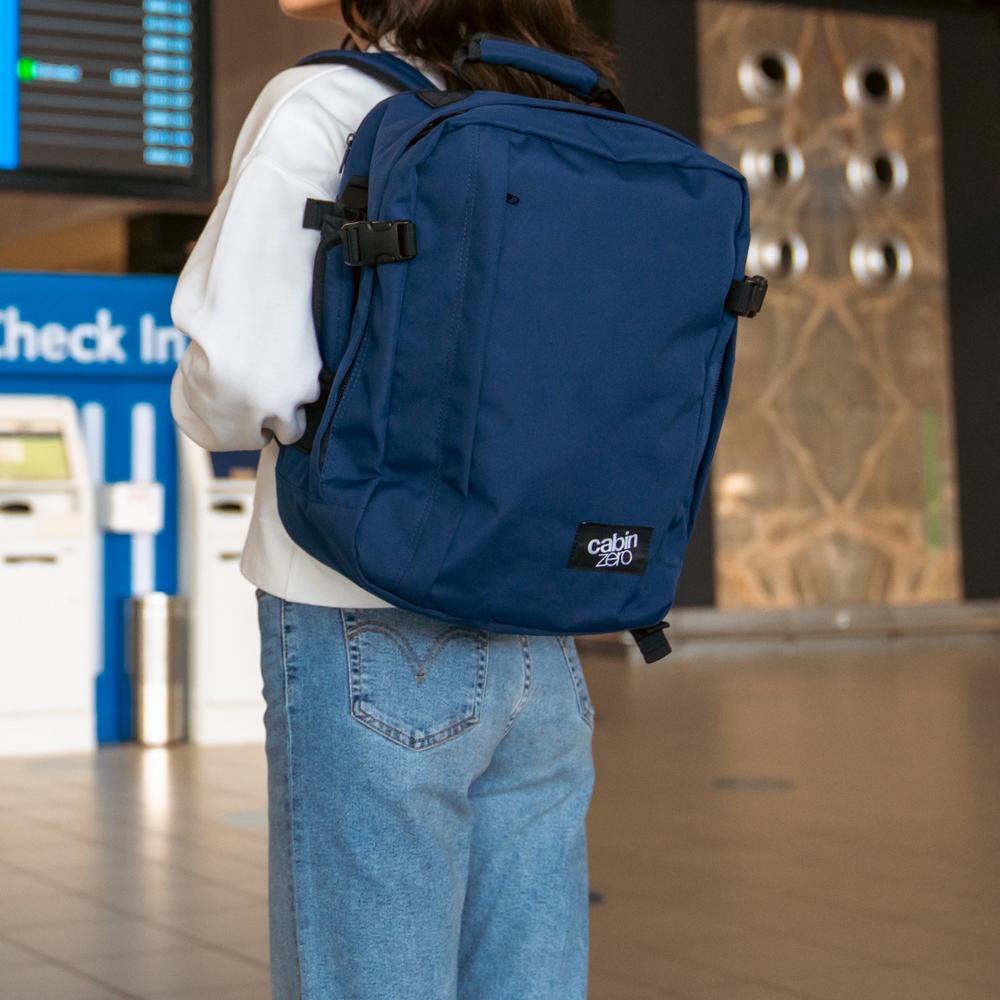


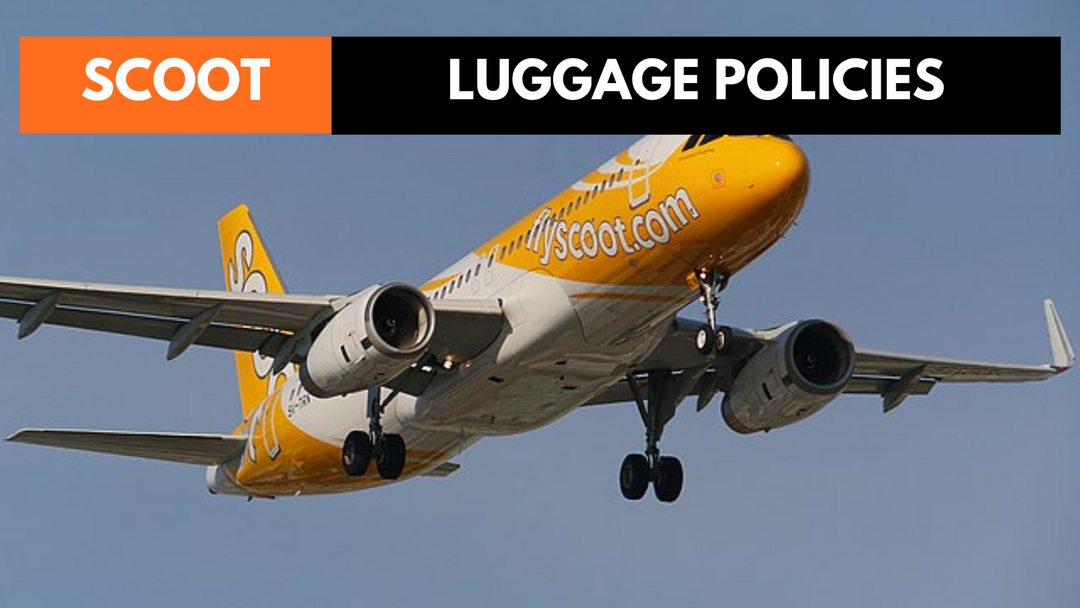
Hi,
Your blog post about travel documents for child is very nice and very well written. As you describe all details is very informative for us.
Leave a comment